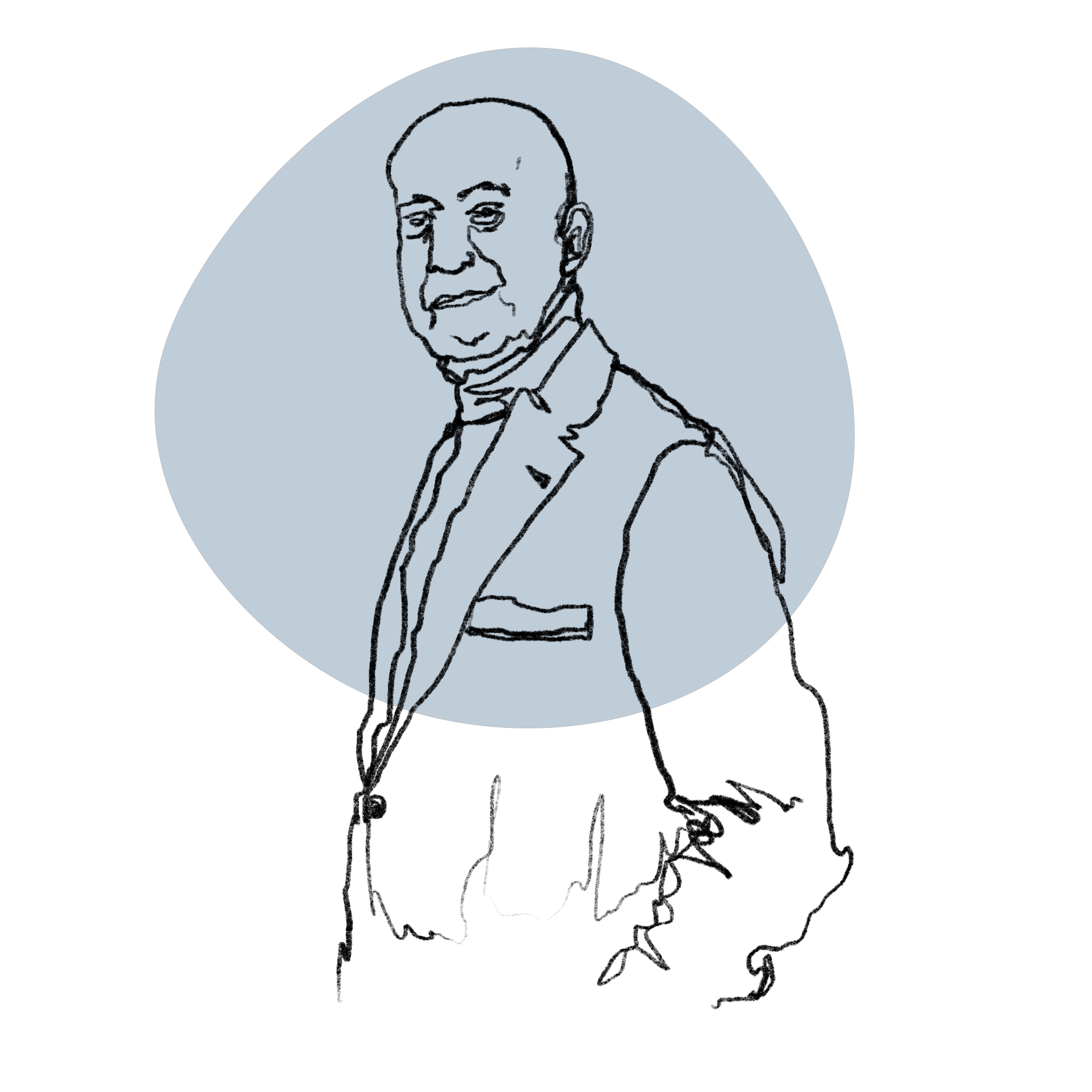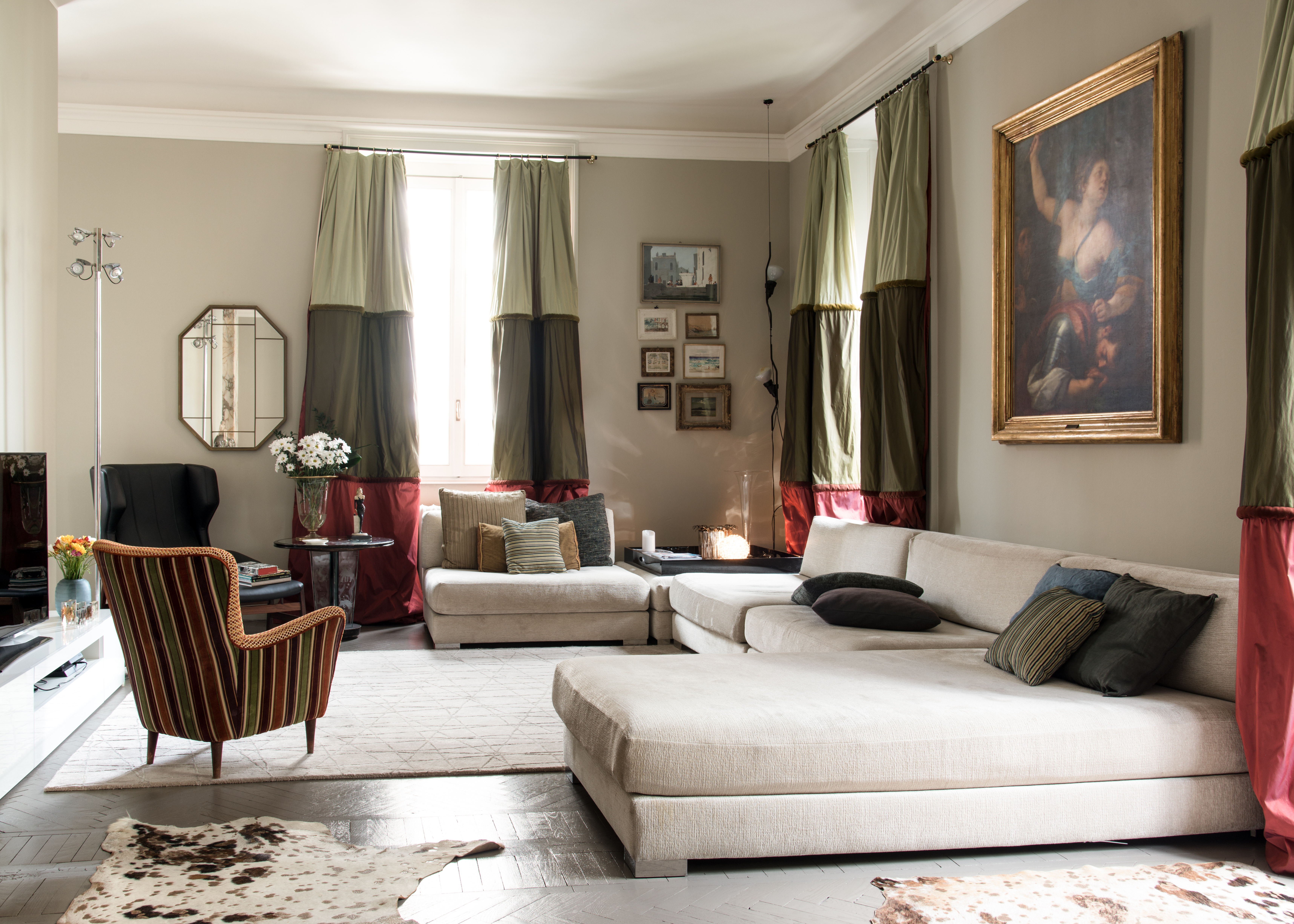Just browse through intOndo's catalog or read any specialized auction catalog to encounter true glass masterpieces made in the furnaces of Murano or elsewhere in the world. But how much do we know about the techniques of making these delicate jewels? Assuming our audience knows that glassmaking can be complex and requires skill and experience to master, we list below everything from what you need to make a handcrafted glass piece to the most valuable and popular craft techniques*.
Traditional glassmaking is a fascinating craft that has been practiced for centuries. Below is a mini guide to traditional glassmaking techniques, which typically involve creating glass objects using a furnace, blowpipe, and various tools. Please note that glassmaking can be complex and requires skill and experience to master.
Raw Materials: Traditional glassmaking involves using raw materials such as silica (sand), soda ash (sodium carbonate), and limestone (calcium carbonate). These materials are mixed to create a glass batch.
Furnace: A glass furnace is a high-temperature oven used to melt the raw materials into a molten glass state. The furnace can reach temperatures of over 2,000 degrees Celsius (3,600 degrees Fahrenheit).
Blowpipe: This is a long, hollow pipe used by the glassblower to gather molten glass from the furnace and shape it into the desired form.
Tools: Various tools are used to shape, cut, and manipulate the glass. These can include jacks, shears, paddles, tweezers, and molds.
Pulegoso glass: Pulegoso glass, which appears full of bubbles, is made by injecting into the molten glass a component that reacts and in doing so releases gas bubbles. This technique was invented in the 1920s by Napoleone Martinuzzi at the Venini glassworks. For these works, he used an innovative opaque and sponge-like material filled with tiny bubbles (puleghe) that were the result of adding sodium bicorbonate or petrol to the incandescent mass of molten glass. The artist developped this technique in order to provide him with a more plastic material, something that responded better to his requirements as a sculptor. Also, his interest for ancient glass, whose shapes and designs he had already used for his clear-glass pieces, lead him to develop a material that resembled that consistency and opacity.
Incalmo: ‘Incalmo’ is a glassmaking technique that allows the creation of an object made of distinct parts that are joined while the glass is hot. This technique, in use in the Islamic world since the Middle Ages, requires great precision because the parts to be joined must have the same diameter and compatibility of colours and temperature. Master Checco Ongaro created the Doge’s Hat, exhibited in the Thomas Stearns at Venini exhibition, using the double ‘incalmo’ technique, applying it twice to the same piece.
Incamiciato glass: The overlaying technique is an ancient technique, still widely in use today, obtained by submerging the blown artefact in a crucible with glass of different colour. Cased glass was the mainstay of Venini’s production with Tomaso Buzzi. Buzzi devised a new texture consisting of five to seven ultra-thin coloured glass layers enclosing one or two layers of very thin lattimo glass. The new glass material was then decorated with gold leaf. The final result had a previously unseen play of color and a rich and fascinating appearance. Buzzi’s glass was often pink, green-yellow or grey-blue. These colors characterized the laguna, alga and alba series, while the tramonto items had pinkish-red hues
Iridato glass: Iridizing is an effect created when a very thin metallic film is deposited on the surface of an object, by evaporation of metallic oxide (tin or other metals), on which light then reflects in an irregular way. This technique saw its maximum development in the second half of the 1800s when, with the purpose of developing techniques to imitate archaeological finds, in particular reproducing surface deterioration undergone by glass over time. It was Antonio Salviati, around 1880, who introduced this iridizing procedure in Murano, that had for some time already been applied to glass in other countries. Glass thus produced was called ‘metalliforme’. Iridizing is a finishing technique, which Carlo Scarpa frequently used to varying degrees to give distinguishing features to many glass items he designed for Venini, lending them a particular appearance by exposing them to tin or titanium fumes.
Corroso glass: Literally “corroded” glass, i.e. an artificial stone-like finish achieved by exposing the glass to fluoridic acid. The surface of the glass object was covered with an irregular layer of melted wax applied with a sponge; the object was then immersed in a vat containing sawdust and hydrofluoric acid to obtain the corrosion of the areas unprotected by the wax. The result is similar to a frosted surface. The method has now been abandoned due to the health risk related to the use of hydrofluoric acid or its salts. The corroded glass series by Venini was exhibited at the 6th Milan Triennale and at the 20th Venice Biennale in 1936. Carlo Scarpa used this technique to design a wide range of delicately shaped glass pieces, some decorated with hot applications of corroded bosses, ribbons and relief decorations.
Murrine glass: This is an extremely ancient technique developed in Alexandrian and Roman times (1st century B.C. – 1st century A.D.) that was rediscovered by the Venetians at the end of the 15th century and revived by them in the second half of the 1800s (around 1870). From the early 1950s, Paolo Venini proposed a singular reinterpretation of murrine glass, which he used to enliven a charming series of glass pieces. The first one, dating from 1953, used murrine of a type called ‘a dame’ (which means “chequered” in the Venetian dialect), with a two-colored motif with alternating squares. The production of this technique consisted in placing the murrine (transversal sections of canes prepared beforehand) over a metal plate covered in clay. Placed repeatedly in the oven at about 700 degrees, the murrine fused under the effect of the heat, forming a glass sheet. This was then closed up in the form of a cylinder to be blown and hot-modelled in order to produce pieces in a great variety of shapes.
Mosaic glasss: Made with fragments of glass (tesserae and/or rod sections) of different colours placed side by side and fused together, mosaic glass has been in use since the 19th century. Among the most evocative artefacts designed by Bianconi for Venini are those featuring glass tesserae. A first example of pezzato (patchwork) glass, where the tesserae themselves form the wall of the piece, was exhibited at the 25th Venice Biennale, in 1950. To produce these pezzati, the tesserae,
*Source for the guide: Glossary, Le stanze del vetro






.png)






